Pennsylvania residents may be interested in a recent article explaining strategies for the division of a home at divorce. Disentangling oneself from a jointly purchased property presents issues that require consideration, such as actual marital status. For example, if someone attempts to purchase real estate while still legally married, his or her spouse would have a legal claim to the property unless he or she were to sign a quitclaim deed to relinquish interest in the property.
Once divorced, qualifying for a new mortgage may be problematic if one’s name is still on the mortgage of a home that was awarded to the former spouse in the divorce settlement. A lender will still consider the mortgage debt as joint as long as both names are on it, and this can affect credit ratings and history. Refinancing or selling the home will remove the non-owner’s name from the debt liability, improve his or her debt-to-income ratio and make acquiring a new mortgage easier.
A few general rules may apply, such as once a divorce is in progress, it may be best to wait to complete mortgage changes until after the divorce is final. If a divorce is in the planning stages but not yet begun, the spouses could complete the refinancing or buyout process, expediting the divorce. If someone tries to qualify for a loan after a divorce, a lender will want to see a copy of the divorce decree to dispel concerns about joint debt liability.
Divorce can be a complex process, depending upon the types and amount of marital assets, prenuptial agreements, custody issues and the relationship of the parties involved. A family law attorney could help one of the spouses negotiate with the other spouse for an equitable settlement and avoid damaging his or her.
Source: Credit.com, “How to Divide Your House in a Divorce“, Scott Sheldon, July 09, 2014


